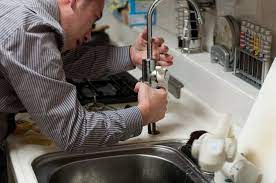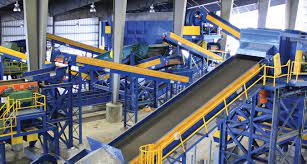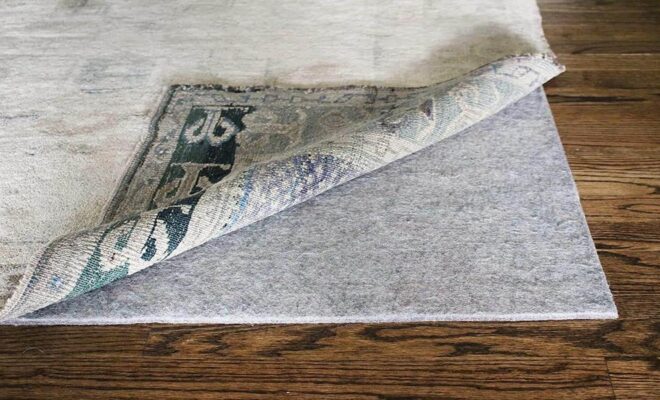What Should You Expect During a Professional Rat Removal Visit?

Discovering rats in your home or business is never pleasant. These pests are not only destructive—chewing through wires, insulation, and food supplies—but also dangerous, carrying diseases that pose serious health risks. That’s why calling in a professional is the best way to ensure a safe, thorough, and long-term solution.
But what actually happens during a professional rat removal visit? Knowing what to expect can help you prepare and feel more confident about the process. Here’s a step-by-step look at what a typical service entails.
1. Initial Inspection and Assessment
The first step is a comprehensive property inspection. The technician will evaluate your home or business—inside and out—to look for signs of rat activity.
They’ll Look For:
- Droppings, urine trails, and gnaw marks
- Nesting materials (shredded paper, fabric, insulation)
- Burrow entrances or holes in walls, floors, or foundations
- Grease marks along walls (from rat fur)
- Sounds or odors suggesting rodent presence
This inspection helps determine the severity of the infestation and where the rats are entering and nesting.
2. Identification of Entry Points
Rats can squeeze through openings as small as a quarter. During the visit, your technician will identify these access points and make note of any vulnerabilities around doors, windows, vents, pipes, or foundation cracks.
They’ll explain how these gaps are being used and recommend steps to seal them, which is a crucial part of preventing future infestations.
3. Customized Treatment Plan
Based on the inspection, a personalized rat control strategy will be developed. This plan is tailored to your property layout, the size of the infestation, and any safety concerns you may have (such as pets or children).
Treatment Options Might Include:
- Trapping systems using baited snap traps or humane catch-and-release
- Rodenticides placed in tamper-proof bait stations
- Monitoring tools like motion-activated cameras
- Exclusion techniques to seal all possible entry points
Midway through the process, your technician will explain the rat removal strategy clearly and transparently, ensuring you understand every step before moving forward.
4. Active Removal Phase
Once the plan is in place, the technician begins implementing traps and baits. This phase may last a few days or weeks, depending on the infestation size.
During This Time:
- Traps are monitored regularly for activity
- Dead rats are safely removed and disposed of
- Adjustments are made based on results
Professionals use techniques that minimize risk to pets, children, and non-target wildlife while maximizing effectiveness.
5. Sanitation and Damage Assessment
Rats leave behind more than just droppings—they contaminate food sources, damage insulation, and compromise indoor air quality. After the pests are removed, a reputable service will also offer:
- Sanitization to remove urine, feces, and odor
- Disinfection of affected areas to eliminate pathogens
- Recommendations for structural repairs or clean-up services
This step restores safety and cleanliness to your space.
6. Follow-Up and Prevention
Professional services typically include follow-up visits to ensure the problem doesn’t return. These visits allow technicians to check traps, assess ongoing risks, and reinforce exclusion measures.
They may also provide tips for long-term prevention, such as:
- Securing food in airtight containers
- Regularly inspecting the exterior of your home
- Trimming trees and shrubs near your roofline
- Keeping storage areas tidy and sealed
Conclusion
A professional rat removal visit is more than just setting traps—it’s a detailed, multi-step process designed to eliminate rodents and prevent their return. From inspection and treatment to cleanup and prevention, expert pest control services provide a comprehensive approach that delivers lasting peace of mind. If you suspect a rat problem, acting early and choosing professional help is the smartest—and safest—solution.








